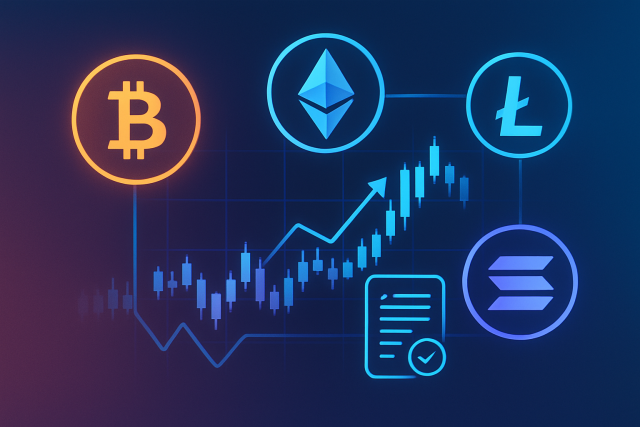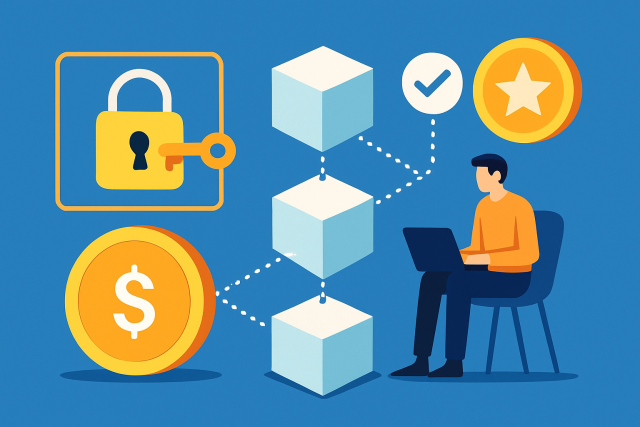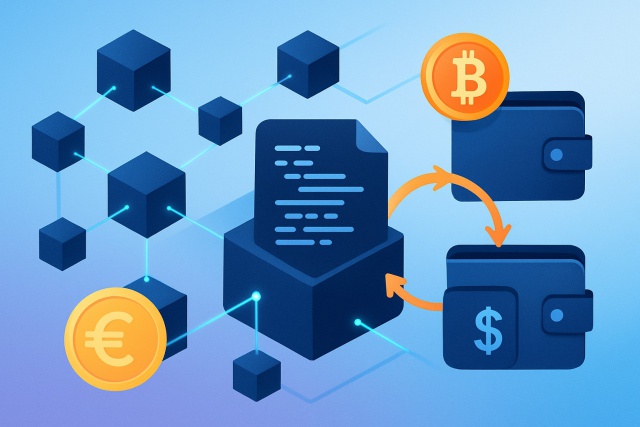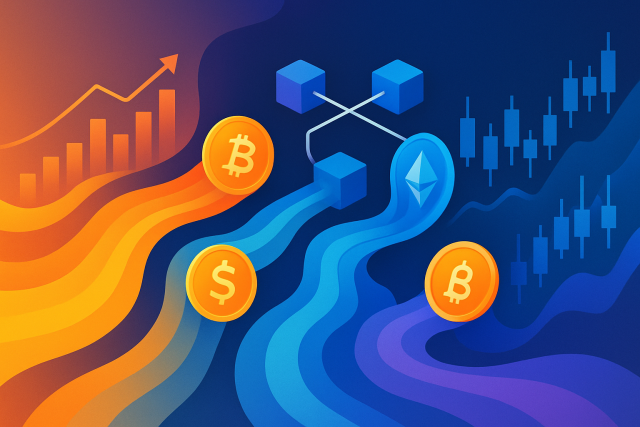What is Uniswap Explained in Simple Terms

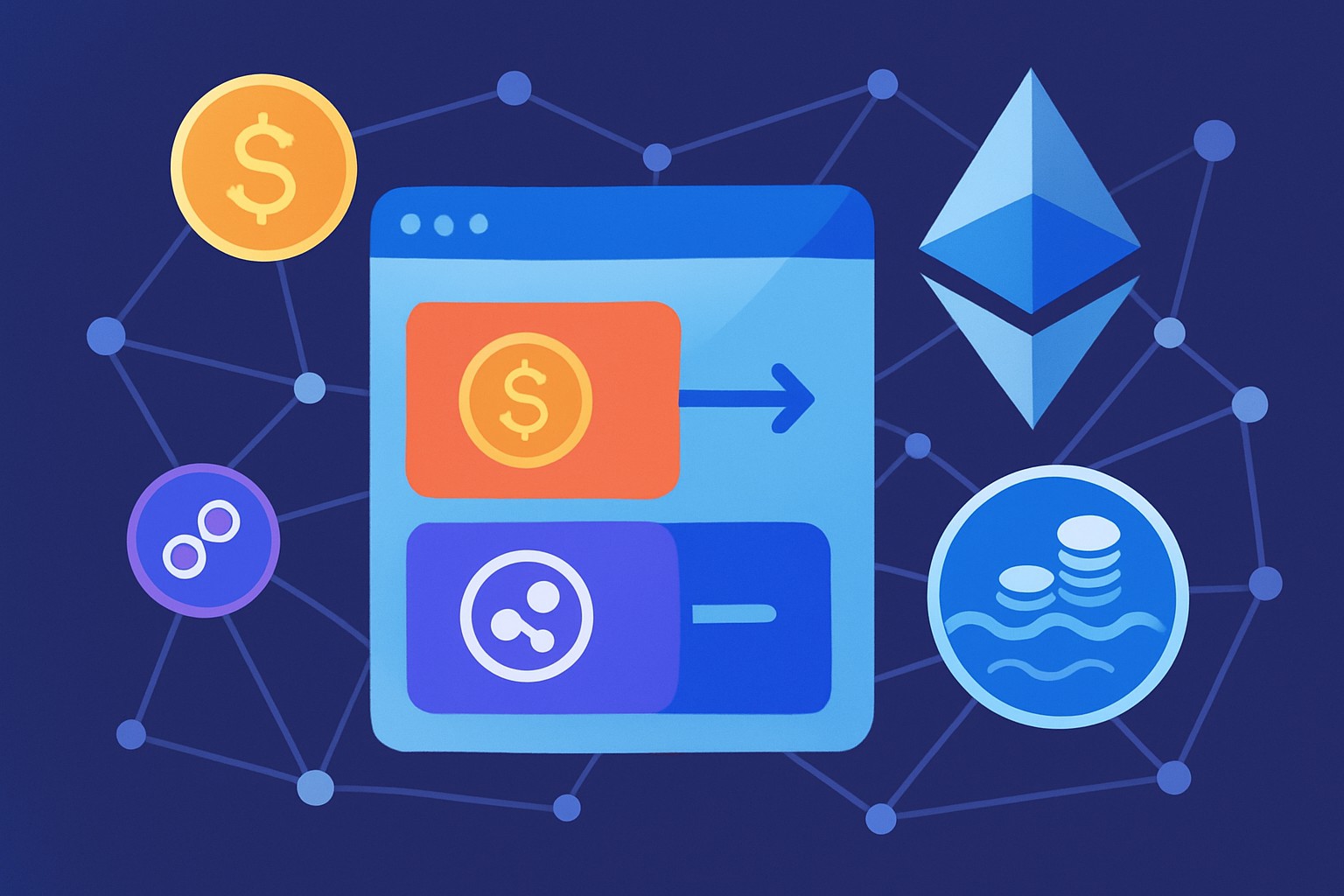
Uniswap stands out as one of the most well-known decentralized exchanges in the bustling DeFi world yet many people scratch their heads trying to wrap their minds around what it really does and how it ticks. Uniswap allows users to trade cryptocurrencies directly with one another, cutting out the usual middlemen like exchanges or brokers that we’re all too familiar with.
So, what exactly does Uniswap do?
Uniswap is a decentralized exchange protocol living on the Ethereum blockchain. It lets users trade cryptocurrencies directly by cutting out the middleman and traditional order books that can feel like a maze. Thanks to smart contracts, Uniswap enables peer-to-peer token swaps and keeps the whole trading process transparent and trustless. It is open to anyone with internet access.
- Uniswap operates as a decentralized exchange, meaning no single party calls the shots when it comes to trading.
- It lets individuals trade directly with one another, skipping over any middlemen who might usually slow things down or take a cut.
- There is no central authority poking around or keeping tabs on the transactions, which is pretty refreshing.
- Built right on Ethereum's blockchain, it uses smart contracts to keep things running smoothly and automatically—no hand-holding required.
- Instead of the usual order books, it cleverly leans on liquidity pools to keep the market humming.
- Trades happen fast and with full transparency, and you don’t have to wait around for some third party to give the green light.
What’s Really Going On Behind the Scenes with Uniswap?
Instead of counting on buyers and sellers to fill orders like in a traditional order book, Uniswap takes a different route with liquidity pools paired up with an automated market maker system.
Understanding Liquidity Pools A Simple Breakdown
Liquidity pools are made up of funds—usually token pairs—supplied by users known as liquidity providers.
- Liquidity providers chip in by depositing two tokens of equal value into a pool.
- They snag a slice of the trading fees generated from swaps within that pool.
- Acting like a ready and willing partner, the pool stands as the counterparty and makes sure trades happen in a snap.
- This setup nudges users to pitch in liquidity which is key for keeping the market flowing smoothly.
- Thanks to liquidity pools there’s pretty much always liquidity available for any ERC-20 tokens you can think of.
Getting to Grips with the Automated Market Maker (AMM) Model
Uniswap's AMM relies on a simple yet clever formula: x * y = k. Here x and y represent the amounts of the two tokens in a liquidity pool while k remains steady as a rock.
Picture a see-saw where tossing a little extra weight on one side makes the other side automatically hitch a ride to keep things balanced — that’s pretty much the clever trick Uniswap uses to set its token prices.
Highlights of Uniswap and What Makes It Tick
- Uniswap lets anyone trade tokens without needing permission or accounts, making it truly open to all.
- Adding new tokens to the platform comes with no fees at all.
- It’s built on open-source code, which means the community’s creativity really gets to take the wheel.
- Liquidity providers earn a slice of the swap fees, turning their participation into a nice little stream of passive income.
- Token swaps happen smoothly and instantly within this decentralized protocol, so you’re not left twiddling your thumbs.
- Governance is in the hands of UNI token holders, keeping the system decentralized and community-driven.
Why Using Uniswap Can Actually Work in Your Favor
Uniswap is refreshingly easy for anyone anywhere to jump into since it operates without pesky centralized controls or hoops like KYC checks. By decentralizing exchange operations it cuts down counterparty risk and keeps censorship at bay—giving users a real sense of freedom. Plus, it’s compatible with nearly every ERC-20 token you can think of and hands traders and investors an impressive buffet of options to choose from.
- The platform’s decentralized setup really amps up security by cutting out those central points that hackers love to zero in on.
- It lets users tap into a wide range of tokens that you just don’t see on many centralized exchanges, which is a nice bonus.
- Liquidity providers get a sweet opportunity to earn some passive income from the fees rolling in from the pools—kind of like making your money work overtime.
- Uniswap tends to stand firm against censorship, so anyone can trade freely without getting caught up in red tape.
- Users can swap tokens without having to reveal their personal info or jump through the usual KYC hoops, which feels refreshingly hassle-free.
Risks and Limitations You Might Want to Keep in Mind
Uniswap comes with a handful of risks and quirks you should know about. Liquidity providers often grapple with impermanent loss when token prices move unpredictably. Traders might face some slippage if a big trade nudges prices in a less-than-ideal direction. Since it runs on smart contracts there is always the possibility of bugs or security glitches leading to exploits.
- Impermanent loss sneaks up when the prices of your deposited tokens move out of sync, which can quietly chip away at your returns.
- Large trades tend to cause price slippage, meaning you might get a less-than-ideal exchange rate like paying a little extra for speed.
- Smart contracts execute automatically but they’re not foolproof and sometimes have bugs or weak spots that crafty attackers love to exploit.
- Front-running attacks are a real nuisance, letting others jump the queue and profit off the timing of your transactions.
- When the Ethereum network gets busy, expect fees to climb and swap transactions to take their sweet time.

A Handy Walkthrough
Connect an Ethereum wallet like MetaMask or Coinbase Wallet to the Uniswap website—it’s the gateway to everything that follows.
Pick the token you want to swap and the one you’re aiming to receive.
Punch in the amount of the token you’re ready to trade—no need to rush. Take your time.
Before hitting the gas, pause for a sec to glance over the estimated fees and price impact. Check the slippage tolerance too. A little double-checking goes a long way.
If your wallet throws up a prompt, go ahead and give the token your official approval for trading.
Confirm the swap transaction in your wallet and brace yourself for those network gas fees—they're part and parcel of the ride.
It’s a waiting game: hang tight while the blockchain confirms your transaction. Then sit back and enjoy your shiny new tokens landing in your wallet.
Uniswap’s process is designed to be straightforward and skips the need for any middlemen—no extra hands in your pockets. When you link your Ethereum wallet you stay in the driver’s seat and hold full control of your funds. Every transaction takes place directly on the blockchain through smart contracts, cutting out the usual fuss.
Your Quick Guide to Jumping In as a Liquidity Provider
Anyone can jump into the role of a liquidity provider on Uniswap. All it takes is depositing equal amounts of two different tokens into an existing liquidity pool, basically putting up the funds that others rely on for trading. In return, you receive liquidity tokens that represent your slice of the pie and earn trading fees proportional to your contribution.
Pick a token pair pool on the Uniswap interface where you want to jump in and provide liquidity.
Pop in equal value amounts of both tokens—think ETH and an ERC-20 token—to keep things balanced.
Give your wallet the green light to let the Uniswap smart contract handle your tokens.
Deposit those tokens into the liquidity pool you’ve chosen and watch the magic begin.
In exchange, you’ll get liquidity pool tokens that basically show your little slice of the pie.
Sit back and watch as you automatically earn fees from any swaps happening in that pool.
When the mood strikes, redeem your pool tokens to pull out your original funds plus any fees you’ve racked up along the way.
Common Missteps People Make When Talking About Uniswap
Several myths tend to make Uniswap feel a bit daunting or risky, especially for those just dipping their toes in. Some individuals believe it’s only meant for blockchain pros or that it’s here to completely knock centralized exchanges out of the ring. Then there are those who assume using it is always a bit like walking on a tightrope without a safety net.
- Anyone with a compatible wallet can jump right into Uniswap without needing to be a tech wizard.
- There are risks involved but with caution and some solid education they’re manageable.
- Uniswap plays nicely alongside centralized exchanges instead of trying to steal their thunder.
- It’s completely optional to provide liquidity.
- Getting started is a breeze—no sign-ups or KYC hurdles before you can trade.
Uniswap and the Bright Future of Decentralized Finance
Uniswap has been at the forefront of DeFi's rapid rise, steadily fine-tuning its protocol with fresh versions and embracing decentralized governance.
DeFi continues to evolve rapidly. Uniswap's approach hints at a future where financial activities are genuinely accessible to people around the globe. By leveraging blockchain technology and community governance, platforms like Uniswap give users more control over their assets and decisions. This level of control is rare in traditional setups.


